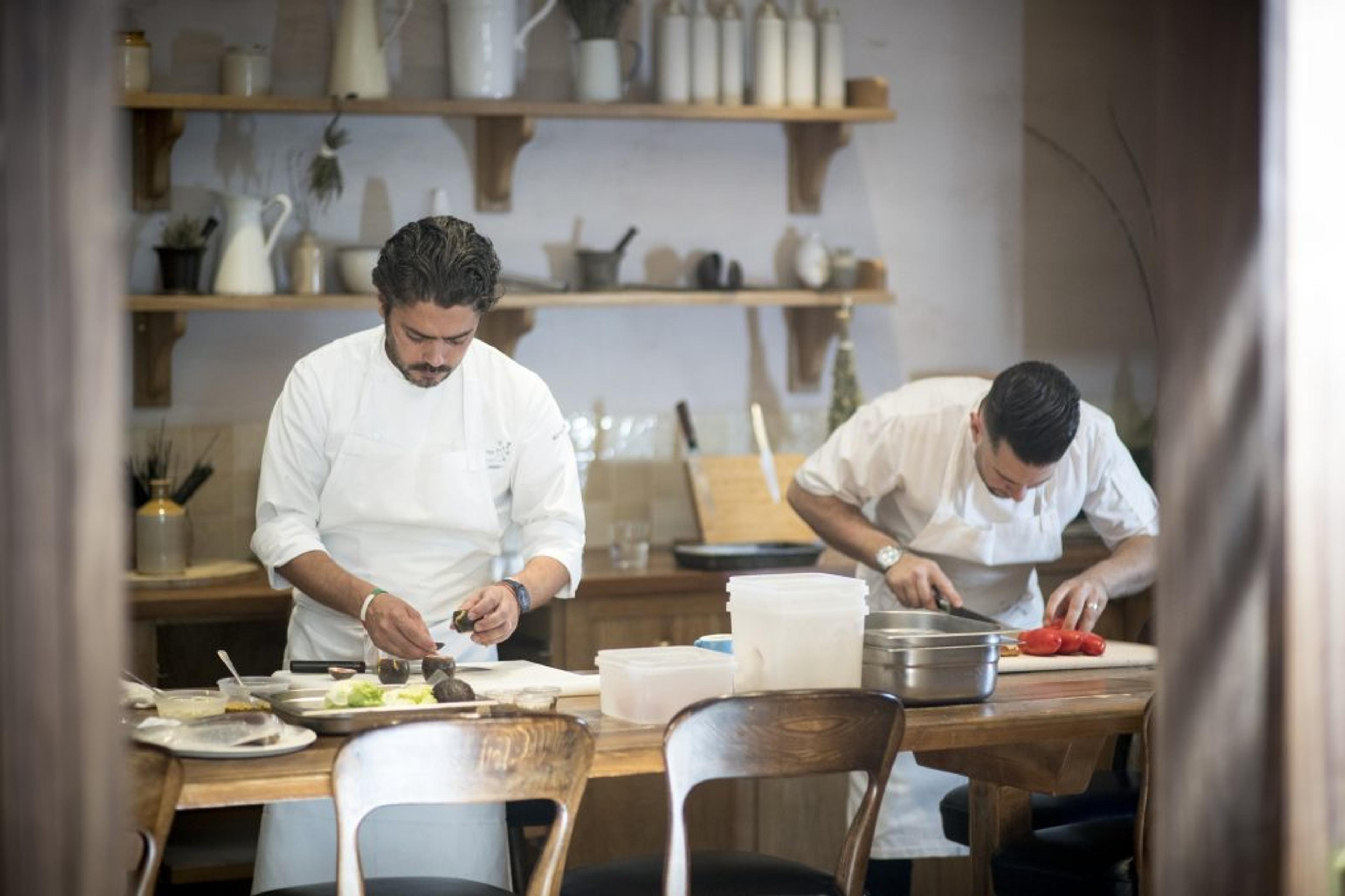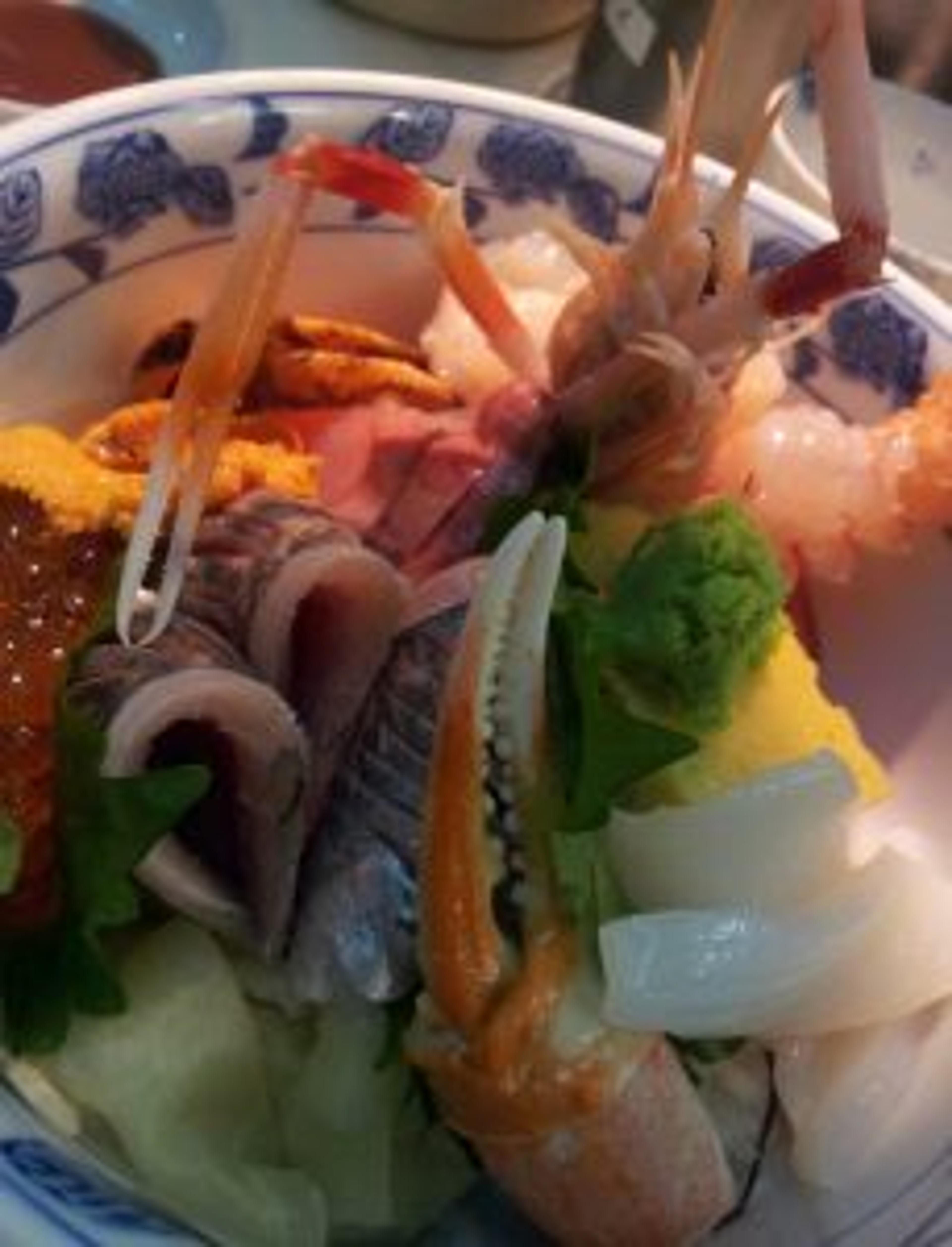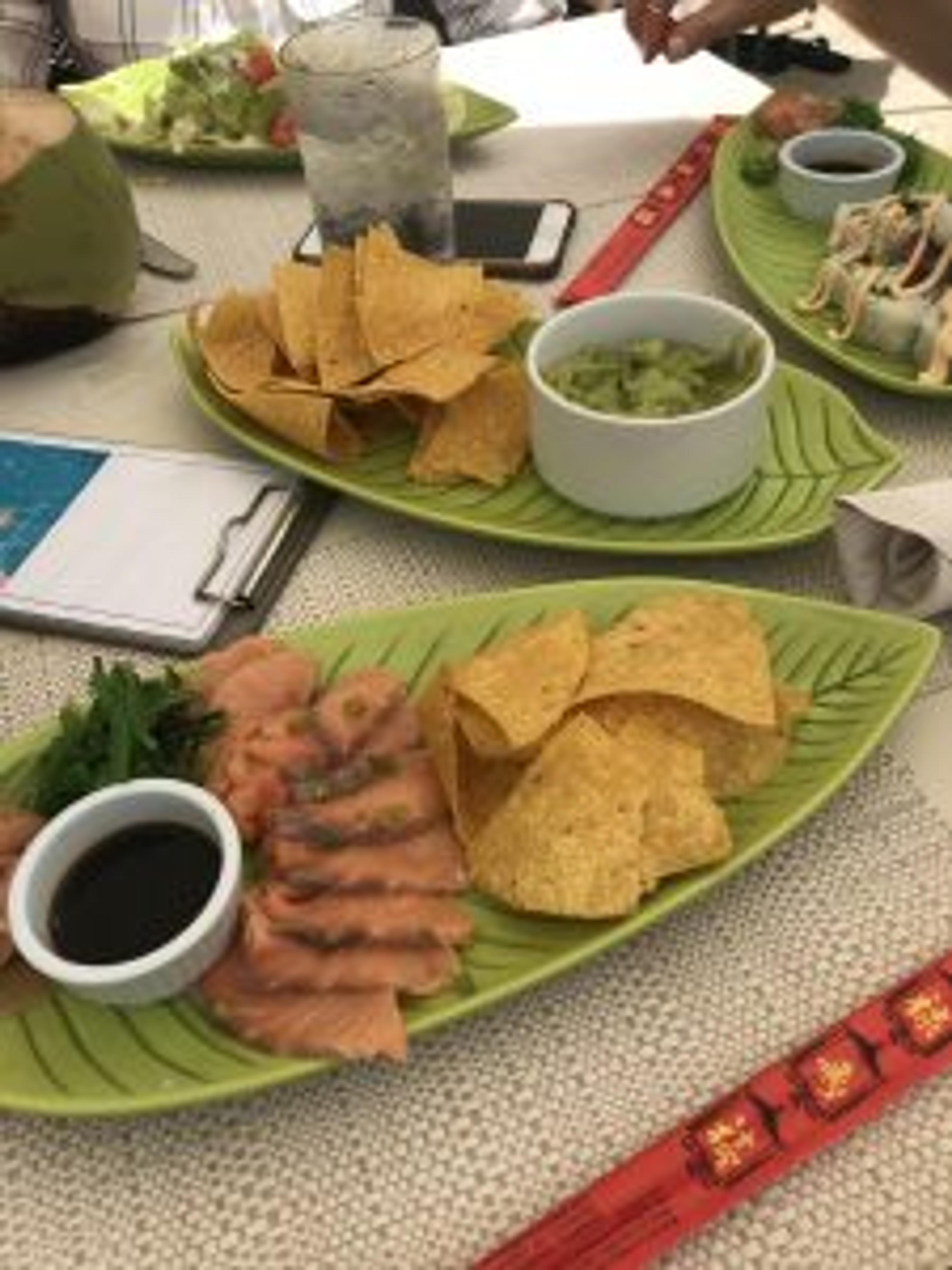We love hearing stories about how travel sparks new ideas and passions. For Gloria, founder of Melon & Starfish , a ‘brave decision’ to head to Korea to sharpen her languages skills left her with a burning desire to bring the K-Beauty market to the UK…
HOC: Hey, Gloria! Tell us about your journey to being an entrepreneur?
Gloria: I guess, when people talk about their entrepreneur stories, most of the time, it starts with a passion, a dream, or an idea. For me, it’s more of a journey of discovery.
I started my career as a management consultant at McKinsey & Co. in London and Singapore. During my time there, I had a real privilege to work with many people who were actually entrepreneurs. The thought of setting up my own business never occurred to me at the time but this probably planted the seed.
On weekends, I enjoyed watching Korean dramas. Initially, it was just for fun, and relaxation. Then, I thought it might be a good idea to pick up a new language skill so I began taking evening classes to learn Korean.
One thing led to another. After spending two years in Singapore, before returning to the UK, I made a ‘brave’ decision to go to Korea to sharpen my language skill and experience the Korean culture.I enrolled into a university language programme and spent 8 months in Seoul where I discovered, in addition to K-pop and K-dramas, there is this huge K-beauty industry.
After returning back to London, I started my research of K-beauty in the European market. After six-month preparation, we set up our online store with the hope to bring the Korean skin care philosophy to the UK and spark some joy in people’s skincare journeys.
HOC: Such an exciting journey! When did Melon & Starfish come into being? And what’s the meaning behind the name?
Gloria: We started preparing our online store around September 2017 and it went live in January 2018.
Our name, Melon & Starfish, symbolises our mission – to bring you high quality skincare products because we want you to have the best skin possible.
Melons are smooth, supple and resilient; Starfish are one of the only animals that can regenerate itself. We always have this imagery in mind when we select our products.
HOC: And how do you go about selecting your products, there must be tonnes of great ones out there!
Gloria: We purposefully seek out products that are natural, plant-based and packed with unique ingredients that are difficult to find anywhere else. We personally test all the products and learn what we love about these products before bringing them to our website.
HOC: I have to admit, I’m new to Korean beauty products! Where should I start?
Gloria: When I told my friends that I am now running an online K-beauty store, the first thing they reply: ah, I’ve heard of the 10-step routine! True, K-beauty made its name with the ’10-step’ routine. But the truth is, it’s much simpler than it sounds. If you ask me how many steps it should really be. I would say it’s really up you and how your skin feels. It should be adjusted to your own skin type, the climate you’re in or how busy your life is.
The essence of Korean Beauty is “skincare always comes first”. Start with taking care of your skin beforeeverything else. A classic Korean skin care routine includes: double-cleansing (both oil-based and water-based cleansers), toner, essence, moisturiser, and SPF.
The most essential steps out of all? Double-cleansing for the night and SFP for the day (and, yes! You need to wear SPF even on the rainy days).
After all, skincare should be fun; not a burden or a chore. It’s all about experimenting and finding out what’s best for you.
HOC: So interesting. As an expert, what is your favourite ingredient / product?
Gloria: My favourite product is Lan’s Tamanu Cream from the newest curation LANBELLE. It’s like a miracle cream that work for all skin types and it has the softest texture that I’ve ever encountered for a cream. The smell is quite unique, probably not for everyone’s taste but it grows on you.
The key ingredient of Lan’s Tamanu Cream is Tamanu oil (Calophyllum Inophyllum Seed Oil). The precious Tamanu oil is extracted from the kernel of Tamanu fruit. Approximately only 5L of oil can be extracted from one tree of Tamanu.
Tamanu tree also has unique nickname: God’s tree, and Tamanu fruit is known as miraculously omnipotent fruit among natives who live in Pacific Islands area such as India, Vietnam, Southern Pacific Area, and it is known to promote wound healing and skin cell regeneration.
HOC: For our entrepreneurial readers, what advice do you have for them to start their own thing?
Gloria: I would say, just be brave and go ahead!
Many say you need to have a well-laid plan before you start. However, the reality is things always change, so does your plan. One of the most important things I learnt so far is to start with a small step, and then one step at the time. Many things can be learnt along the way.
Sometimes, the longer you wait, the less willing you become to take that first step.
HOC: What product you’ve brought to the UK means the most to you and why?
Gloria: The brand Olivarrier means the most to us. The name Olivarrier is the combination of ‘Oliva (latin for Olive)’ + ‘Skin Barrier’.
It is the very first brand we curated for our ‘clean beauty’ collection. The brand’s philosophy 100% matches with what we believe and look for in a skincare brand – i.e. with natural, plant-based ingredients, hypoallergenic, dermatologist-tested, vegan-certified, free of toxins, EWG-verified and cruelty-free. What more to ask?
Their star ingredients are the plant-based triple hyaluronic acid and 100% pure olive squalene. The ‘dual moist’ line is named with these two ingredients in mind.
HOC: How do you keep yourself motivated and on track?
Gloria: The Korean beauty industry is relatively fast moving – there are always new brands, new technology and innovationscoming out each year – so it never gets boring.We all love shopping.
Researching brands and products is like you get to go window shopping every day!
It is also quite fun to learn about those new, unique ingredients. For example, you probably heard of snail mucin which is great for moisturising; also, pearls for brightening, centella for soothing and calming, etc.Plus, we regularly travel to Korea to see what’s hot in their local market and, you get to eat amazing food there too!
HOC: Finally, if you ever have a creative block / funk; how do you get yourself out of it?
Gloria: Probably hit the gym or grab a coffee with my friends.
HOC:What does 2019 look like for Melon & Starfish? What plans do you have for the brand?
Gloria: In 2019 we have seen that consumers are becoming more considered when making their purchasing choices. People become more aware of topics such as climate change, food waste, etc.The once-a-niche concept of ‘clean beauty’ also has moved to the mainstream – we often hear that our customers are actively searching for skin care products that are vegan, natural, organic…
As people, we also care about this ‘one strange rock’ that we are living on. As a business, we will continue focusing on our ‘organic and natural’ collection this year – we are not only hunting for the brands/products with ‘clean’ ingredients but also ‘clean’ in packaging and manufacturing processes.
What an honourable mission!
To find out more about Melon & Starfish head over to MelonAndStarfish.com
Follow the brand on instagram @MelonAndStarfish









